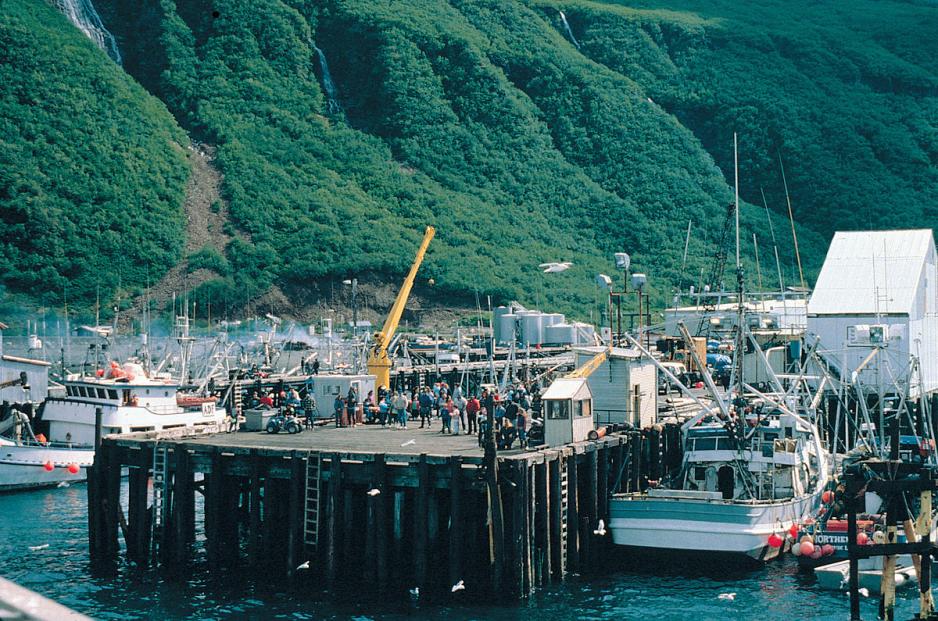This Year's Salmon Harvest in Alaska Worth USD 720 Million

Fishing vessels docked in Alaska. (Photo: Wanetta Ayers)
Despite that the 2022 salmon harvest in Alaska was lower compared to the previous year, the value increased considerably.
Commercial salmon fishing in Alaska for all species was valued at approximately USD 720,4 million this year.
The preliminary numbers for this year's salmon fishing in the state were recently published by the Alaska Department of Fish and Game. Despite the high values, there was a 31 percent decrease from the 2021 total harvest.
This year's value is an increase of around USD 77 million from the fishery value in 2021 and amounts to a whopping 425 million dollars more than what was registered in 2020, according to the newspaper KTOO.
Record-breaking Bristol Bay harvest
Alaska is widely known for its salmon fisheries, which consist mainly of five types of Pacific salmon. The salmon harvest and its related industries are among the state's most important industries. Subsistence fishing is also important to many local communities in Alaska.
During the 2022 harvest, the sockeye salmon accounted for approximately 66 percent of the total fishery value, with a value of USD 473.8 million. The sockeye also accounted for nearly half of the harvest.
The department states that the 2022 sockeye harvest in Alaska is the largest on record, mostly due to significant catches in the Bristol Bay area.
The pink salmon furthermore accounted for 14 percent of the value and 43 percent of the harvest.
Chum salmon and coho salmon accounted for 15 and 2 percent respectively of the value. Chinook salmon harvest was estimated to be just under 310 000 fish with a preliminary value of USD 18.8 million.
The average price per pound (lbs) of both chum and sockeye increased from last year, while the other three species had lower prices this year compared to 2021. A total of 6126 individual quota holders made commercial salmon landings in 2022, a slight decrease from 2021.
The figures provided by the Alaska Department of Fish and Game are preliminary harvest and value estimates that will change as fish tickets are processed and finalized.
This article was originally published in Norwegian and has been translated by Birgitte Annie Molid Martinussen.

